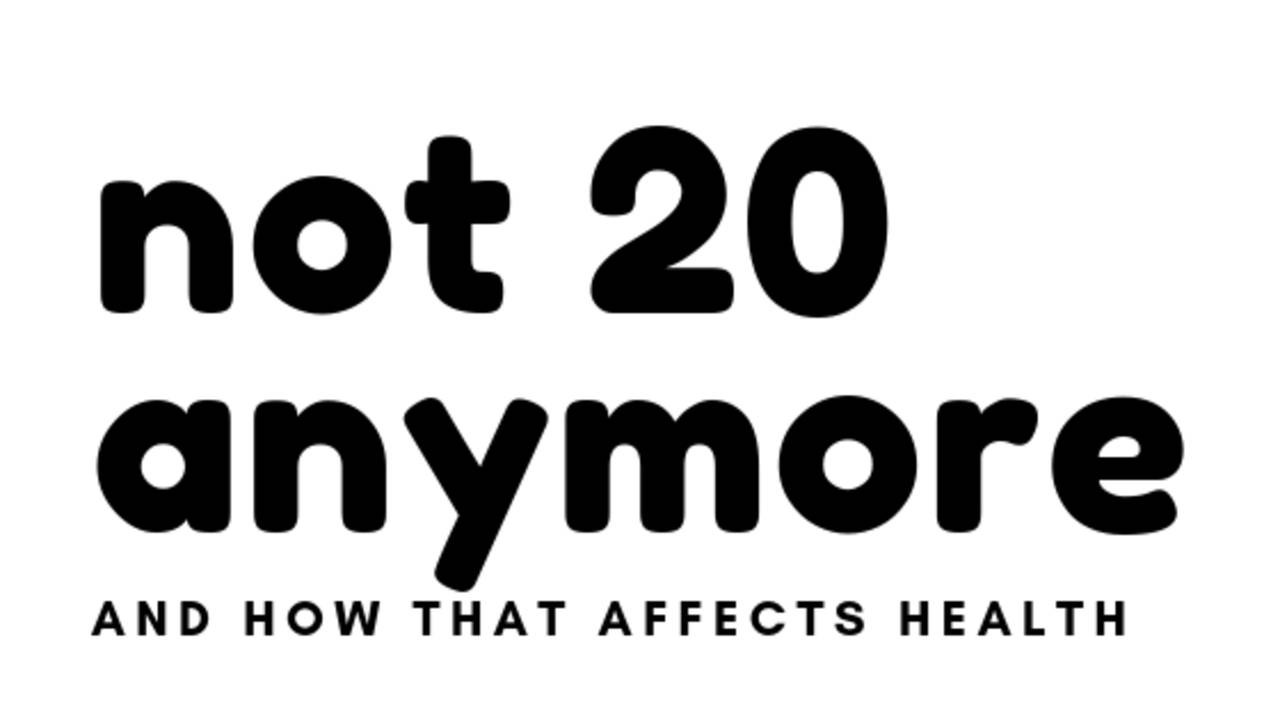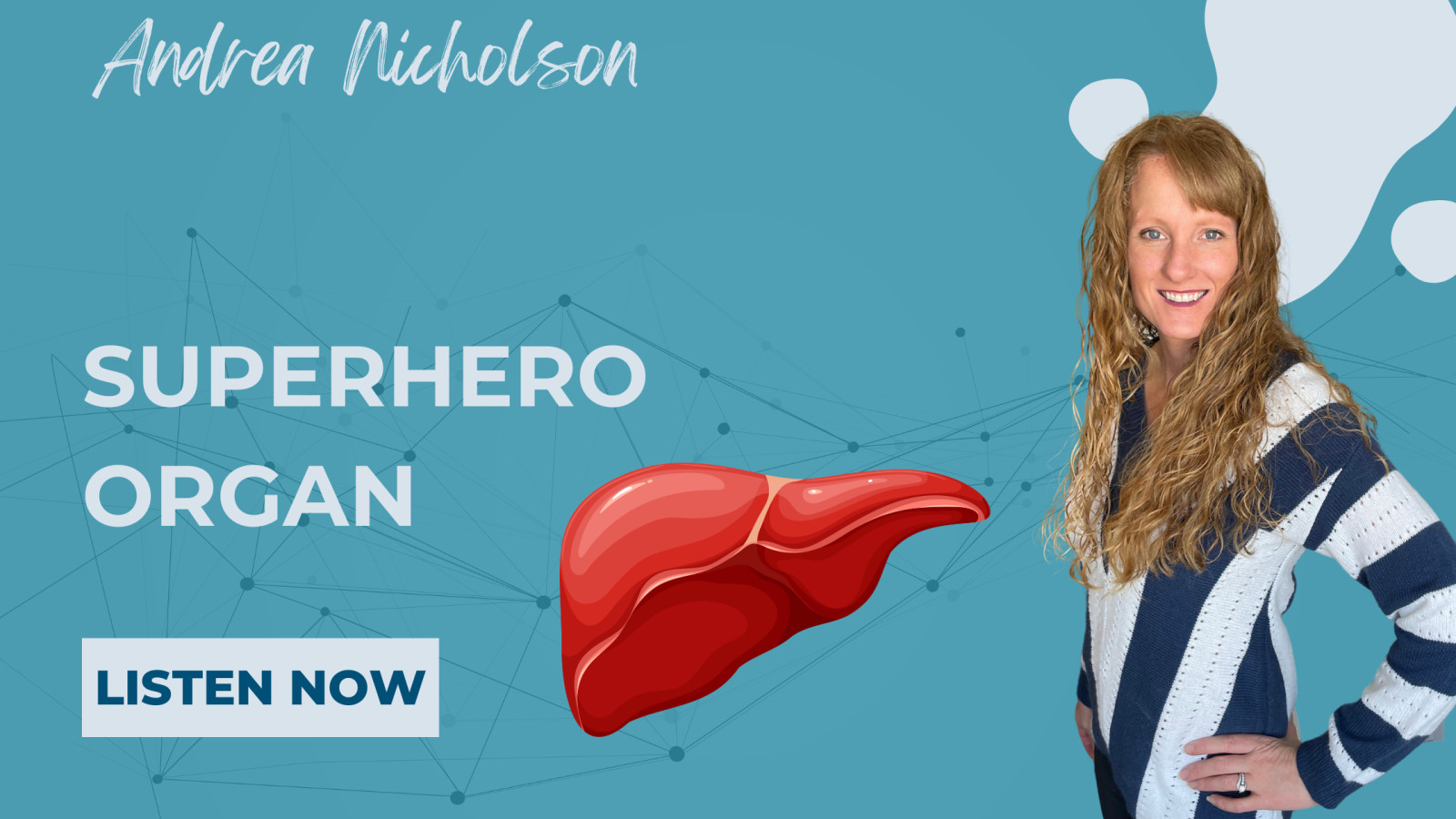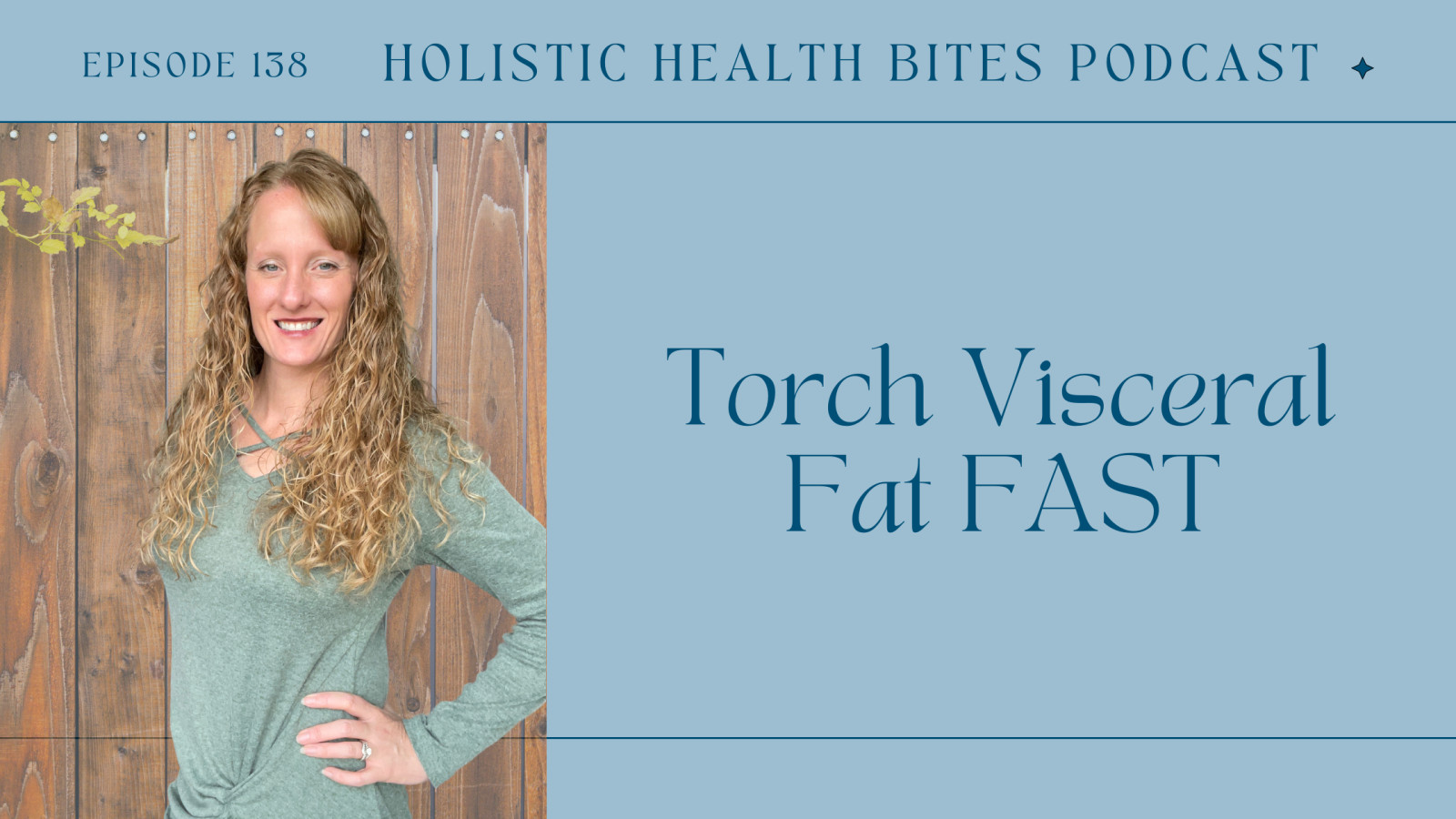
Healthy weight loss – loss that is sustainable, health-promoting, and protective – is the loss of primarily (if not entirely) fat, not lean mass. But how would you know if you’re losing fat or lean mass?
Type of mass lost on calorie restriction diets
A new study just published in the Journal of Nutrition found that insulin secretion levels and insulin resistance are predictive of how much fat versus lean mass a person will lose when following a calorie restriction diet. This study found that those with the highest insulin levels and the highest rates of insulin resistance were more likely to lose higher rates of lean mass than fat mass, and specifically, fat mass in the abdomen (central or trunk fat) was the least lost. Central fat is the highest risk fat that contributes the most to all-cause mortality. Insulin resistance reduces fat loss!
This particular publication looked at two different study groups with slightly different study designs with some similarities and some differences. They were similar in design in that they were both calorie restriction diets (at 60% of participants caloric needs), they both provided all of the food to study participants, and all participants were overweight adults (less than 350 lbs). One study utilized a moderate carbohydrate diet (45%) over 10 weeks and the other study utilized a very low carbohydrate diet (7.5%) over 14 weeks.
Overall, the main conclusion of these two studies was that those individuals in both study groups who started with the highest insulin levels and the most insulin resistance lost the most lean mass and the least fat mass during the study.
Insulin resistance reduces fat loss
This makes sense if you understand how insulin functions in the body. The role of insulin is to moderate blood sugar levels – most of us know that. But what most don’t know is that insulin also directs the body to deposit fat and suppresses the breakdown of stored fat for energy. This means that the body can only operate on food being taken in or the breakdown of lean body mass (muscle proteins) for the production of glucose.
Let’s break that down a little bit more…insulin is secreted when food is eaten to moderate blood sugar from the food. Stated another way, insulin is released when the body is being fed. When you’re being fed, you don’t also need to be breaking down stored fuels, so that breakdown is suppressed. The body is in storage mode when being fed. It would be inefficient to be filling stores while also emptying stores…so we can only really do one or the other at one time.
This study highlights that those with chronically high insulin levels (those that stay elevated even between meals) and those with insulin resistance (requiring higher insulin levels to handle routine blood sugar levels) are less able to burn body fat and therefore burn more lean mass when calorie-restricted. Ultimately, this leads to unsustainable weight loss – because, in order to continue losing or maintain the weight loss, calories have to be continually reduced (getting lower and lower) and simultaneously the loss of lean mass leads to an increase in hunger! Losing lean mass works against the goal of healthy weight loss! And, it’s MUCH easier to regain fat mass than it is to gain lean mass – which means when you gain it back, you’re far more likely to gain it as fat! Loss of muscle also contributes to loss of bone – which we definitely don’t want as we get older!
Low Carb vs Moderate Carb
So, how did the two different dietary approaches (very low carbohydrate vs moderate carbohydrate) change the results here? Surprisingly, not much. While we would expect insulin resistance to decrease the most with a lower glycemic diet – and therefore those in the very low carbohydrate study to improve in insulin resistance throughout the study, they didn’t really find any significant difference between the two diets. The researchers hypothesize that this may be an artifact due simply to the relatively short duration of these two studies (10 and 14 weeks). Multiple other studies have shown that when transitioning from a standard American diet (generally considered very high carbohydrate) to a lower carbohydrate diet, the transition from burning glucose as the sole energy source to being able to burn fat for energy takes time. During the initial phases of transition, the body will burn lean mass like we see in these studies. As insulin levels and insulin resistance continually decrease, the body becomes more able to utilize fat (and their derivative ketones) for energy – and less lean mass is lost. These studies may simply have not been long enough to allow for that transition to fully occur as this wasn’t their primary objective with this study. They do suggest that future studies should specifically look at those with high insulin levels and insulin resistance over a longer period of time to see if the transition to burning more body fat is increased and loss of lean mass is decreased.
Insulin Resistance and High Insulin
The take-home message of this study is that it is incredibly important to know your levels of insulin and insulin resistance if you’re looking to lose weight so that you can lose the right type of body mass! Insulin can be measured on blood testing. Insulin resistance can be assessed by looking at a few other markers:
- waist to height ratio (greater than 0.5 when measured at the top of the hip bones)
- Elevated triglyceride levels (greater than 150 mg/dL)
- Low HDL levels (below 40)
- Elevated fasting glucose levels (greater than 100mg/dL), elevated fasting insulin (combined to calculate the HOMA-IR score greater than 1.9)
- Elevated blood pressure
If you do have signs of insulin resistance and/or find high insulin levels, it would likely serve you better to focus on improving insulin resistance before reducing calories to lose weight! This may involve increasing protein intake to ensure adequate building blocks for lean mass tissue, increasing resistance training to use those building blocks to build more lean mass, decreasing carbohydrate intake to reduce the glycemic load in the body, and reducing the frequency of food consumption (stop snacking).
Conclusion
This study highlights exactly why weight loss should never be the primary goal in improving health. Fat loss, reduction in insulin levels, and improved metabolic flexibility are far better predictors of overall health, reduced all-cause mortality, and improved sense of vitality! Simply seeing a decreased number on the scale doesn’t tell you how the loss is impacting your overall health.




















0 Comments